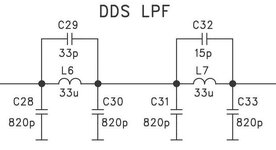greenelephant
Newbie
In reference to the three jpeg files attached, how can 3 tank circuits be modified to allow a lower limit of 100KHz? can the first one with capacitor c20 be modified to allow 100khz by changing c20 to 2500 picofarads? I appreciate everyones feedback?



